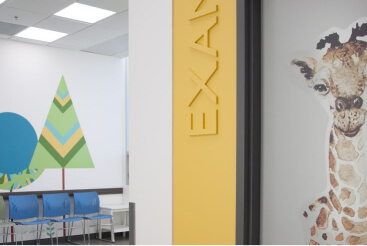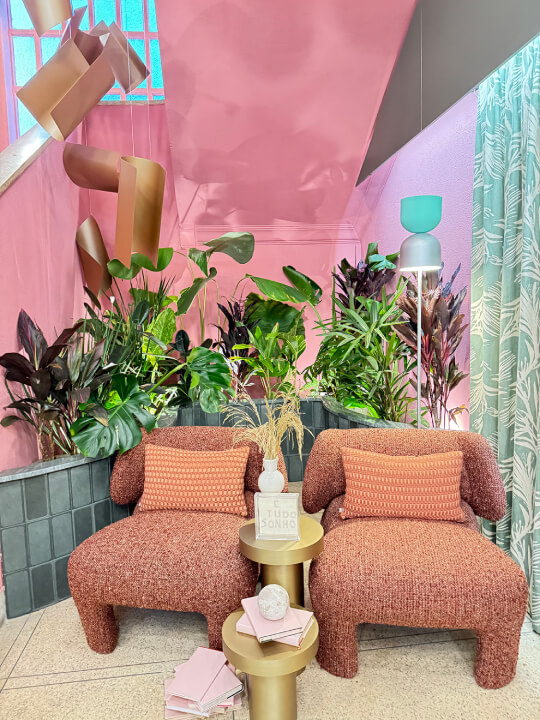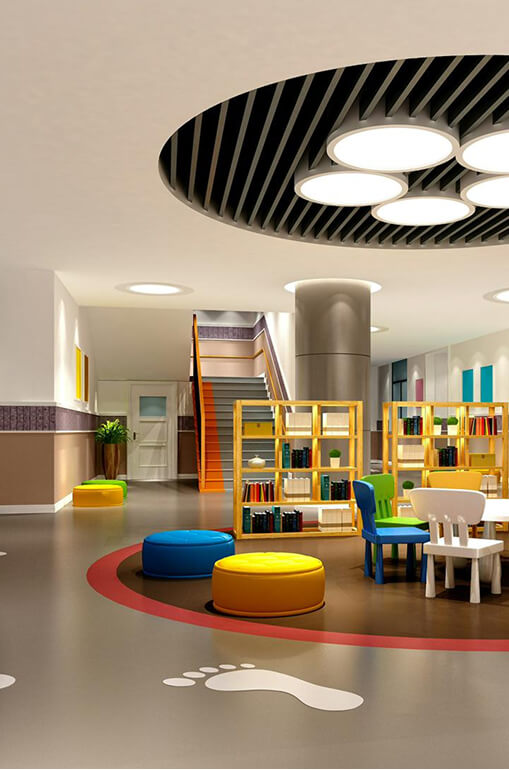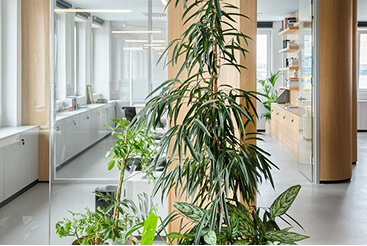Neurodesign is the application of neuroscience principles in interior design, with the aim of creating environments that foster emotional balance, improve cognition, reduce stress and promote psychological harmony. It is based on how the human brain responds to the sensory stimuli of the spaces around us.
Within this concept, biophilic design plays an essential role - by integrating natural elements such as light, vegetation, organic materials and nature-inspired forms, it enhances the positive effects of the environment on the brain, stimulating deeper emotional connections and contributing to a sense of balance and vitality.






